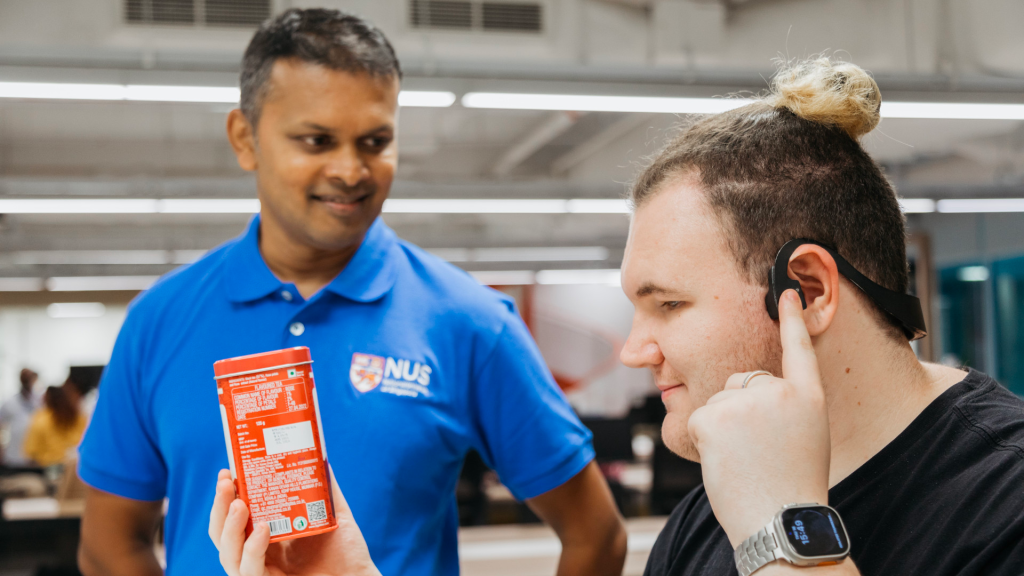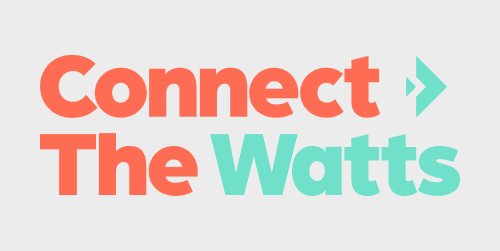
A team of researchers from the National University of Singapore’s School of Computing (NUS Computing) have introduced AiSee, an assistive wearable device designed to help people who have visual impairments to better “see” objects around them with the help of AI technology. Head below for more details.
It’s easy to forget how incredible it is to have the five senses (sight, sound, touch, taste, smell) with little to no impairment. For those who do have an impaired sense or impaired senses, technology continues to make important strides in helping people experience the world around them the way many of us are lucky to do without much assistance – such is the case of AiSee.
What is AiSee?
Developed in 2018, AiSee is designed to help the user identify objects they are holding using a built-in camera that captures the image of an object. AiSee will be able to identify the object as well as provide additional information to the user. Lead researcher of Project AiSee, Associate Professor Suranga Nanayakkara:
With AiSee, our aim is to empower users with more natural interaction. By following a human-centred design process, we found reasons to question the typical approach of using glasses augmented with a camera. People with visual impairment may be reluctant to wear glasses to avoid stigmatisation. Therefore, we are proposing an alternative hardware that incorporates a discreet bone conduction headphone.
AiSee is meant to be an “eye” for those who have visual impairments.

How does AiSee actually work?
There are three components of AiSee: the eye, the brain, and the speaker.
The eye
Using a micro-camera to capture the user’s view, AiSee takes that picture which forms the software component of AiSee. The software is capable of lifting certain information from the image such as text, logos, and labels.
The brain
Once a photo is taken of the object, AiSee uses cloud-based AI algorithms to analyze the images and identify the object; the user can even ask questions to learn more about the object. AiSee also utilizes both speech-to-text and text-to-speech recognition to understand the users’s questions.
The speaker
Using bone conduction technology, the headphone of AiSee enables sound transmissions through the bones of the skull, ensuring that people with visual impairments can receive auditory information without losing access to external sounds (i.e. traffic or conversations).
Importantly, AiSee doesn’t require a phone connection, so the device can be used independently. Professor Suranga Nanayakkara:
At present, visually impaired people in Singapore do not have access to assistive AI technology of this level of sophistication. Therefore, we believe that AiSee has the potential to empower visually impaired people to independently accomplish tasks that currently require assistance. Our next step is to make AiSee affordable and accessible to the masses. To achieve this, we are making further enhancements, including a more ergonomic design and a faster processing unit.
Check out AiSee in action below.
FTC: We use income earning auto affiliate links. More.


